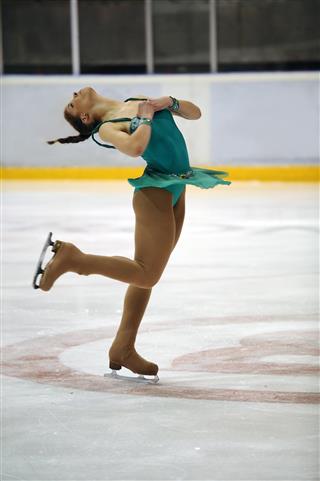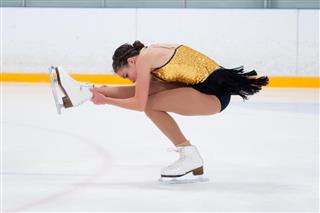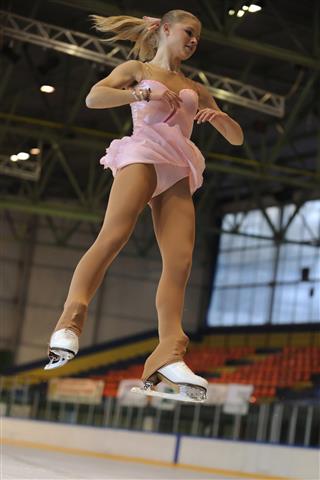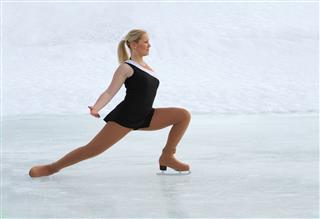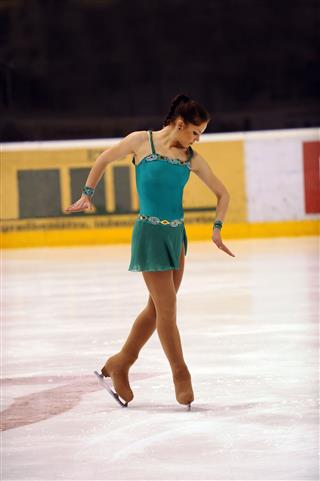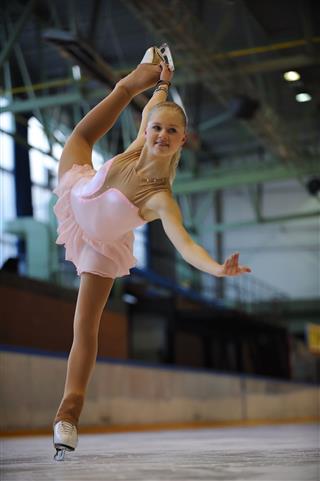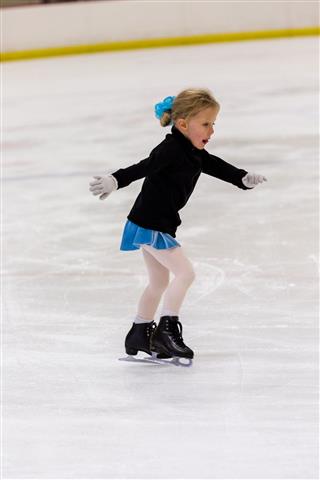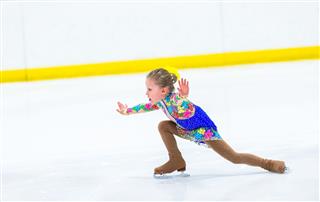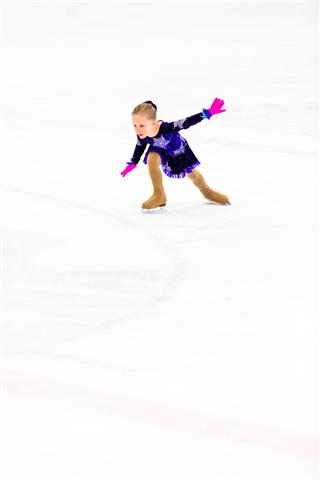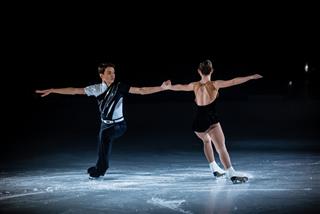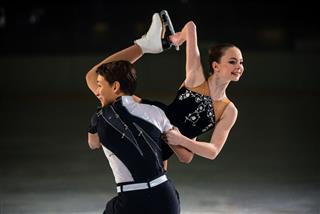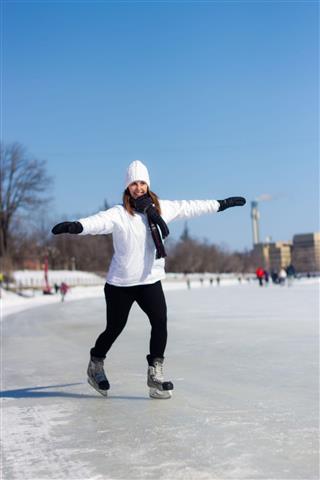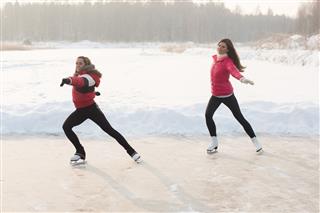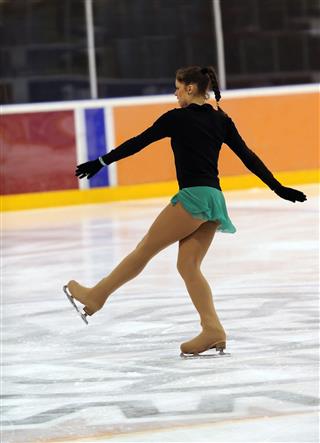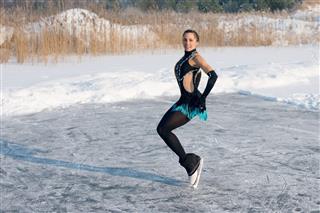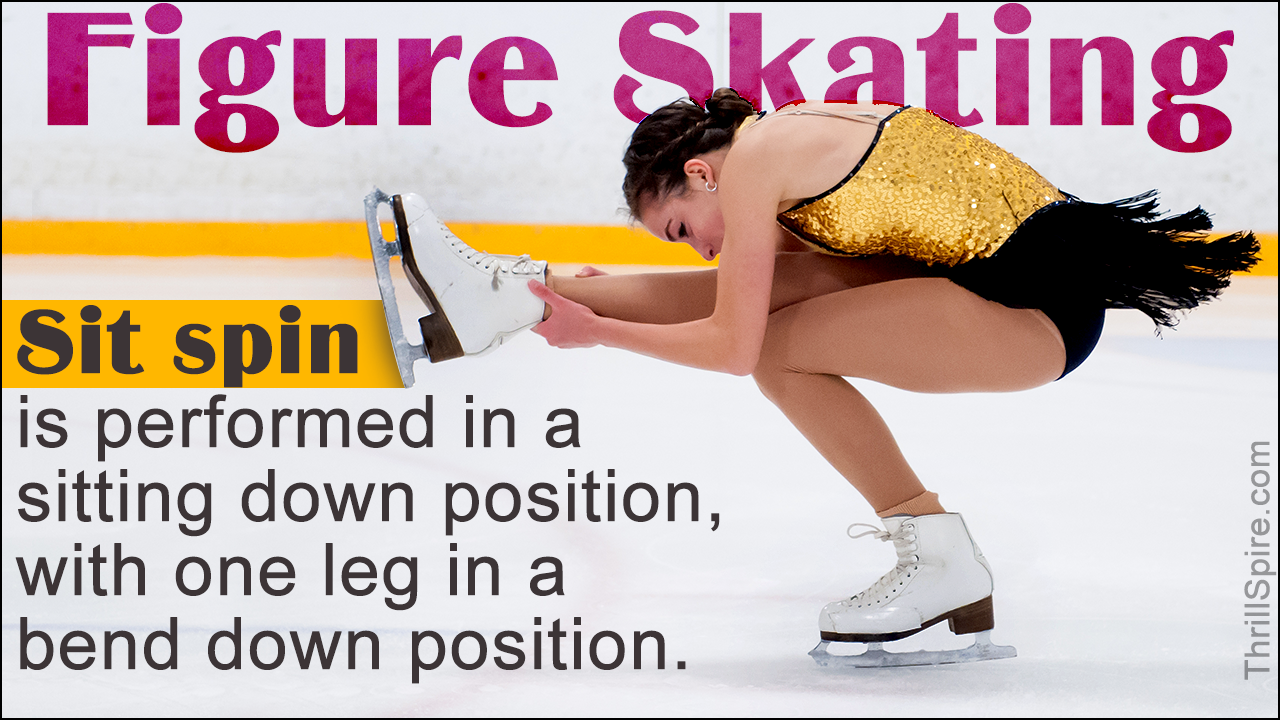
Figure skating is surely poetry in motion and the moves performed are out of the world! If you are new to the rink, it’s good to know a few steps so as to not seem a stranger on day one.
Let me ask you, how many times, while watching figure skating on television or at an arena, have you gone “awwwwwww” and almost touched your jaws to your knees? No one would be able to answer the question, as it is impossible to keep a track of things occurring at such high frequency. Arguably, one of the most beautiful form of sport mankind has witnessed, figure skating, is no child’s play. It takes a lot of skill and practice to perform these wonderful moves.
Various individual skills such as turns, edge patterns, and steps are developed by the skater as he performs his routine. A combination of these skills in a sequence is called a ‘move’, and the performer is judged by the moves he is able to nail. This makes ‘moves’ important, as they help showcase all the skills a skater has acquired over the years. Also, every move has some significance attached to it, on which the judges would rate the act. Flexibility, seed, balance, and the skill of skating on the edge are essentials to perform good moves. Stroking, 3 turn, axle, waltz, and figure eight are some of the common moves.
The D of the Drill
The list is not an easy one to compile, as there are numerous moves performed by professionals. They tend to keep on innovating the moves in their own way. However, some of the basic moves are listed below:
- The Figure Eight is considered as a basic move, which probably is the first move every learner has to master. While performing this move, you have to land one foot on the ice throughout the move, and trace the number 8.
- Stroking is when you lift the foot which isn’t gliding, and transfer your weight from one foot to the other. If you are not used to balancing on a single skate, try making short and quick movements initially.
- Axle is a rather tough one to perform. In this, the skater jumps in the forward position and lands on the outer blade of the back foot.
- Crossover is when the skater crosses his outer skate over the inside one to facilitate easy turning around.
- Lutz is a set, wherein the skater launches himself from the back outer edge of the blade of one foot, but lands on the same edge of the other foot.
- Sit Spin is performed in a sitting down position, with one leg in a bend down position to enable the spin, while the other leg is extended as much as possible.
- Combination Spin, as the name suggests, is a combination of various spins performed by changing the foot throughout and maintaining a constant speed.
- Death Spiral is one of the moves performed in pairs. In this, normally, the male partner is the one who spins around holding the female partner’s hand, who is maintaining a horizontal spin position.
- Throw Jump is another common move in pair performances, where the male partner lifts his female partner, and throws her in the air where she completes one or more revolutions.
- Attitude is started by the skater, with a one foot glide. He then puts his non-gliding foot behind him, turns slightly on the outside and bends his skating knee.
- Attitude Spin is performed in the attitude position, where the skater, after lifting his free leg starts spinning.
- Lay Back Spin is performed by putting his/her arms and shoulders backwards, and bending the back to form the curve.
- Forward Swizzle is a basic move. To perform this, the skater needs to put his arms away, and keep his feet together. His back should be straight and knees bent. Then while gliding on the ice, he needs to keep pushing his feet away from each other, bringing them back together by straightening the knees.
- Snowplow is a method to stop skating without crashing. The skater needs to point the toes of his ice skates together, reducing his speed, and eventually bringing him to a halt.
The above mentioned moves are some of the common moves in the field. There are certain moves like the 3-turn, two foot spin, double/triple axle, and waltz jump, which are difficult acts, and one has to learn them at an advanced level, and needs impeccable skills to perform them.
If you are a beginner, kindly perform these moves under proper guidance only, as you may get injured. You can join a figure skating academy to learn the moves properly and perform them with ease.
